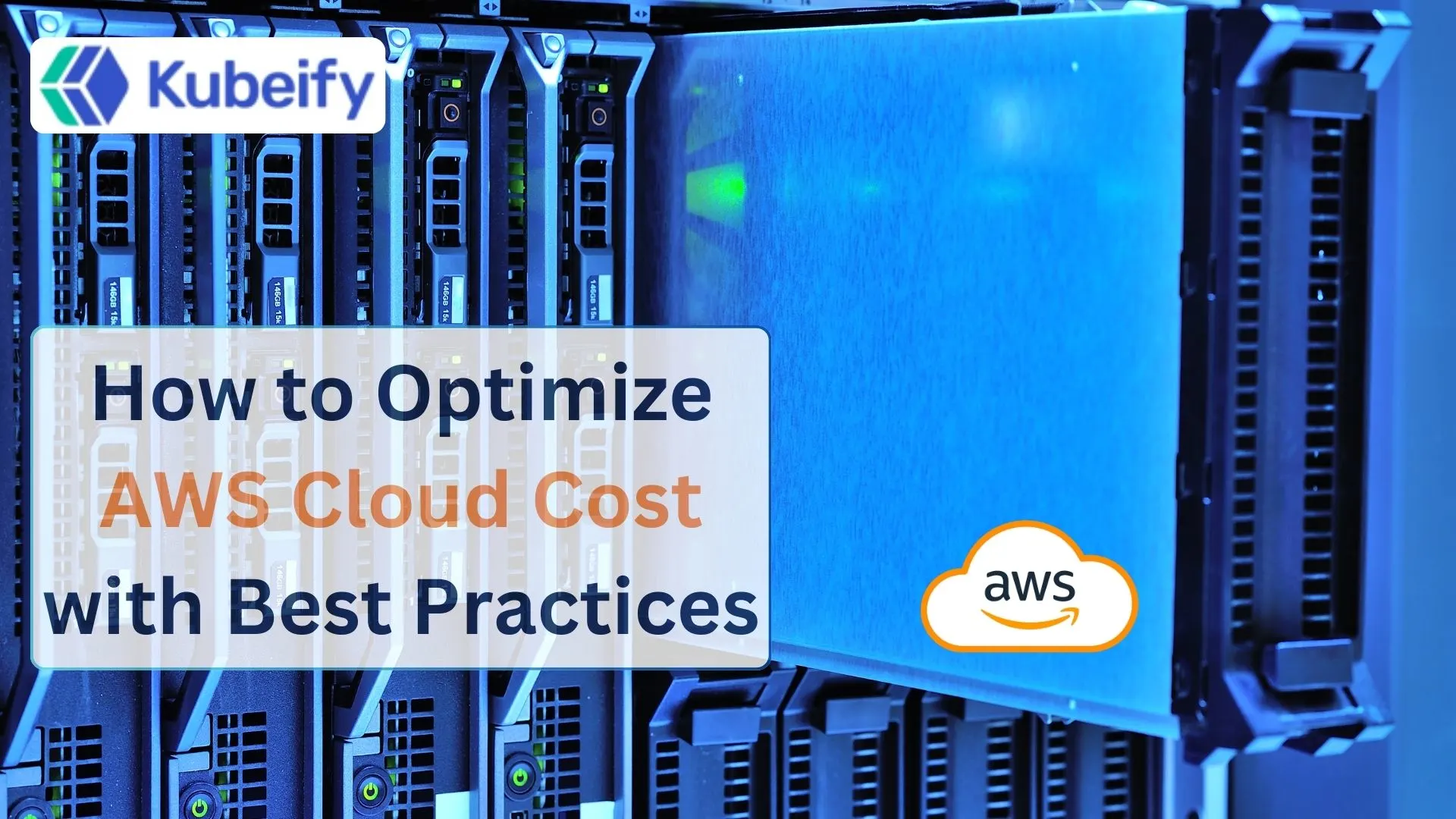AI Cloud
- Cloud Native Product Development
- Cloud Native FaaS
- Monolith to Microservices
- DevSecOps as a Service
- Kubernetes Zero Downtime

AWS is a powerful cloud platform, but without proper cost management, businesses can quickly face unexpected expenses. Optimizing AWS costs involves a strategic approach to reduce waste while maintaining performance and scalability. In this guide, we’ll explore the best practices to help you maximize efficiency and minimize unnecessary spending on AWS.
Optimizing AWS costs is crucial for businesses of all sizes. Startups need cost control to scale efficiently, while enterprises seek to improve cloud spending efficiency. Effective AWS cost management ensures profitability, prevents over-provisioning, and allows organizations to reallocate budgets to innovation and growth.
Right-sizing involves analyzing AWS resource usage and adjusting them to the most efficient instance types. Organizations often provision instances larger than necessary, leading to wasted capacity. AWS Compute Optimizer and CloudWatch can help analyze usage patterns and recommend appropriate instance sizes.
AWS offers several pricing models:
Spot instances allow businesses to take advantage of unused EC2 capacity at reduced prices. They work best for batch processing, CI/CD jobs, and stateless applications where interruptions are manageable.
AWS Auto Scaling automatically adjusts the number of instances based on demand. This helps in handling traffic spikes efficiently while ensuring minimal resource wastage during off-peak hours.
AWS Savings Plans provide cost savings similar to Reserved Instances but with more flexibility across instance types and regions. Long-term workloads can significantly reduce costs by committing to a usage plan.
AWS storage costs can quickly add up. To optimize:
AWS offers several tools to assist with cost management:
A mid-sized SaaS company reduced cloud costs by 40% using AWS Savings Plans and Spot Instances. By implementing auto-scaling and transitioning to serverless architectures, they achieved significant savings while maintaining performance.
Using AWS Savings Plans, Spot Instances, and auto-scaling are effective ways to lower AWS costs without sacrificing performance.
AWS Cost Explorer and AWS Budgets help track spending and detect anomalies in real-time.
Use Amazon S3 Lifecycle Policies, Intelligent-Tiering, and EBS volume monitoring to minimize storage costs.
Reserved Instances offer significant discounts compared to On-Demand pricing for predictable workloads.
Yes, AWS Lambda and Fargate eliminate the need for always-on infrastructure, reducing costs.
Auto Scaling ensures that only necessary resources are running, reducing waste during low-traffic periods.
Over-provisioning, neglecting Reserved Instances, and ignoring unused resources are common mistakes.
Use AWS Budgets to define spending limits and receive alerts when costs exceed thresholds.
Spot Instances are cheaper but less reliable, while Reserved Instances provide consistent savings for steady workloads.
Tools like CloudHealth, CloudCheckr, and Spot.io provide advanced cost analysis and automation.
By following these best practices, businesses can optimize their AWS cloud costs while maintaining high performance and scalability. AWS offers a variety of cost-saving tools, and by implementing the right strategies, organizations can significantly reduce expenses.

Kubeify's team decrease the time it takes to adopt open source technology while enabling consistent application environments across deployments... letting our developers focus on application code while improving speed and quality of our releases.
– Yaron Oren, Founder Maverick.ai (acquired by OutboundWorks)
Let us know what you are working on?
We would help you to build a
fault tolerant, secure and scalable system over kubernetes.
